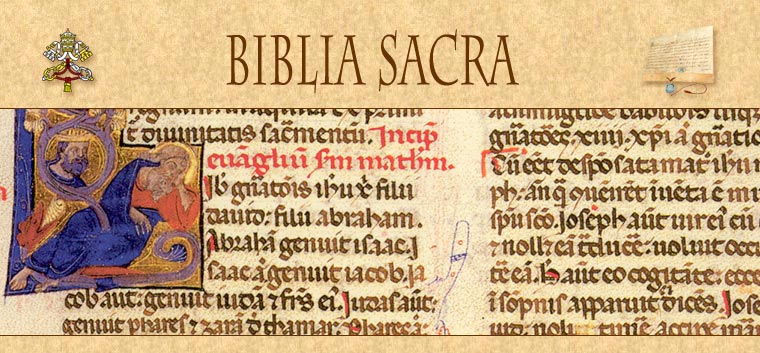About the Nova Vulgata or "Neo-Vulgate" and How it Relates to the Clementine Vulgate and Pian Vulgate

In a previous post, we examined the three common “Vulgate” editions in circulation.
Please read: Which Vulgate Do You Have? – How to know if you have the Clementine, Stuttgart, or the Nova Vulgate
The current edition employed by the Catholic Church (since 1979) is the Nova Vulgata. It is the official Scriptural Latin text for the Church and was promulgated by John Paul II’s apostolic constitution Scripturarum Thesaurus.
If you follow the Novus Ordo Lectionary or the Liturgy of the Hours in Latin, this is the textual edition that you are reading. Here’s a an example of minor differences between the old Jerome/Gallican/Clementine Psalter and the Nova Vulgata Psalter. I marked the differences.
By the way, the Breviaries printed between 1945 and 1971 have the so-called “Pian Psalter” issued by Venerable Pius XII – which has more Hebraisms – just like the Nova Vulgata. For example, “sicut in Meriba, secundum diem Massa,” instead of the Latinized older version: “sicut in irritatione, secundum diem tentationis.”
I recently discovered this when I noticed a friend’s Breviary (the one used by the FSSP). I was surprised to see that the Venite there did not correspond to the Gallican/Clementine Venite. The reason why, I learned, is that it seems to conform to the Pian Psalter (post 1945) – which makes perfect sense.
Okay, am I a nerd or what?

In a previous post, we examined the three common “Vulgate” editions in circulation.
Please read: Which Vulgate Do You Have? – How to know if you have the Clementine, Stuttgart, or the Nova Vulgate
The current edition employed by the Catholic Church (since 1979) is the Nova Vulgata. It is the official Scriptural Latin text for the Church and was promulgated by John Paul II’s apostolic constitution Scripturarum Thesaurus.
If you follow the Novus Ordo Lectionary or the Liturgy of the Hours in Latin, this is the textual edition that you are reading. Here’s a an example of minor differences between the old Jerome/Gallican/Clementine Psalter and the Nova Vulgata Psalter. I marked the differences.
By the way, the Breviaries printed between 1945 and 1971 have the so-called “Pian Psalter” issued by Venerable Pius XII – which has more Hebraisms – just like the Nova Vulgata. For example, “sicut in Meriba, secundum diem Massa,” instead of the Latinized older version: “sicut in irritatione, secundum diem tentationis.”
I recently discovered this when I noticed a friend’s Breviary (the one used by the FSSP). I was surprised to see that the Venite there did not correspond to the Gallican/Clementine Venite. The reason why, I learned, is that it seems to conform to the Pian Psalter (post 1945) – which makes perfect sense.
Okay, am I a nerd or what?
What to Watch Next
SHOP THE TAYLOR MARSHALL STORE
Dive Deeper

GET CONFIDENT IN YOUR FAITH
Explore the fascinating world of Catholic teachings with Dr. Marshall. Together you’ll unpack the brilliant answers the Church gives to tough questions about the Faith. The best part: you go at your own pace. Start this exciting journey today.


 >
>


